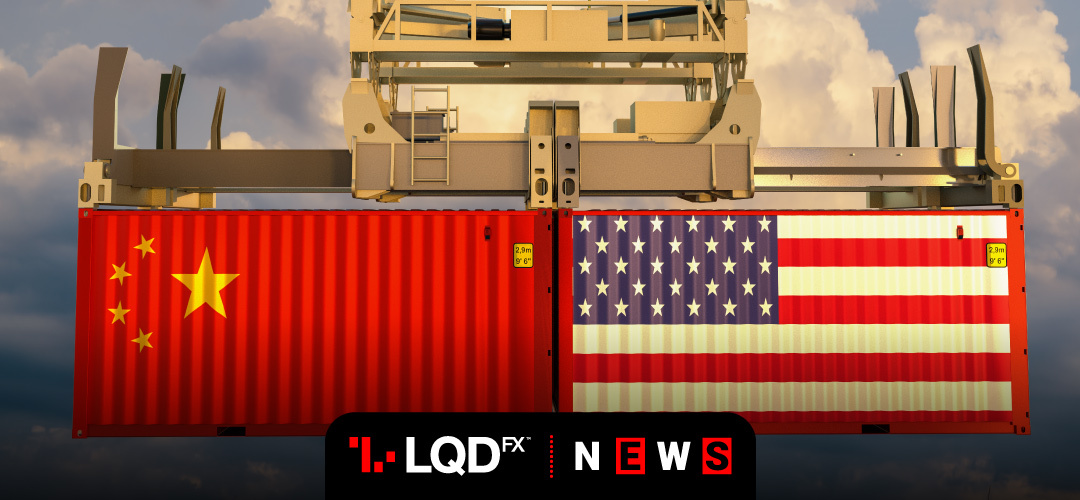U.S. President Donald Trump threatens tariffs on Beijing, to punish China for its alleged failure to contain the coronavirus, ratcheting up anti-China rhetoric again, t.
Trump’s sharpened rhetoric against China reflected his growing frustration with Beijing over the pandemic. The outbreak has cost tens of thousands of lives in the United States and sparked an unprecedented economic contraction.
Among the other ideas under consideration for retaliation against China are sanctions, new non-tariff trade restrictions and a possible effort to lift China’s sovereign immunity.
Trump made clear his thoughts about China’s role in the origin and spread of the coronavirus. He stressed that such concerns were taking priority for now over his efforts to build on an initial trade agreement with Beijing.
Washington and Beijing have traded increasingly bitter recriminations over the origin of the virus and the response to it.
Seeking to quell a damaging trade war, Trump signed a first phase of a multibillion-dollar trade deal with China in January.
START TRADINGForex – Trump threatens tariffs on China over COVID
Risk sentiment soured after U.S. President Donald Trump threatened to impose new tariffs on China over the coronavirus crisis. Further, the safe haven Japanese yen gained on Friday and riskier currencies, including the Australian dollar, dropped.
The dollar index against a basket of currencies fell 0.31% to 98.81.
The dollarfell 0.29% against the yen to 106.86 yen.
The greenback gained 1.11% against the Canadian dollar as waning risk appetite hurt-growth sensitive economies.
The Australian dollar, which on Thursday reached a seven-week high of $0.6569, dropped 1.20% to $0.6432.
The euro continued to gain against the greenback, having also rallied on Thursday on month-end repositioning. It was last up 0.38% at $1.0997, the highest since April 1.
The sterling slipped against the dollar on Friday. Stalled Brexit talks and further signs of damage to Britain’s economy from the coronavirus pandemic took some shine off the currency’s gains in April.
At 1450 GMT, sterling was down 0.3% against the dollar at $1.2556. Against the euro, it was down 0.8% at 87.66 pence. The British currency registered a 1.4% gain against the dollar in April, rallying hard last week.
U.S. oil prices were 4% higher while the front month Brent crude futures rose above $26 per barrel.
Brent futures for July eased 17 cents, or 0.6%, to $26.31 by 1:42 p.m. ET (1742 GMT). The June contract expired on Thursday at $25.27. U.S. WTI was 82 cents, or 4.4% higher, at $19.66 after climbing above $20 earlier in the session.
PLEASE NOTE The information above is not investment advice.
Sources: Reuters, Investing, CNN money
